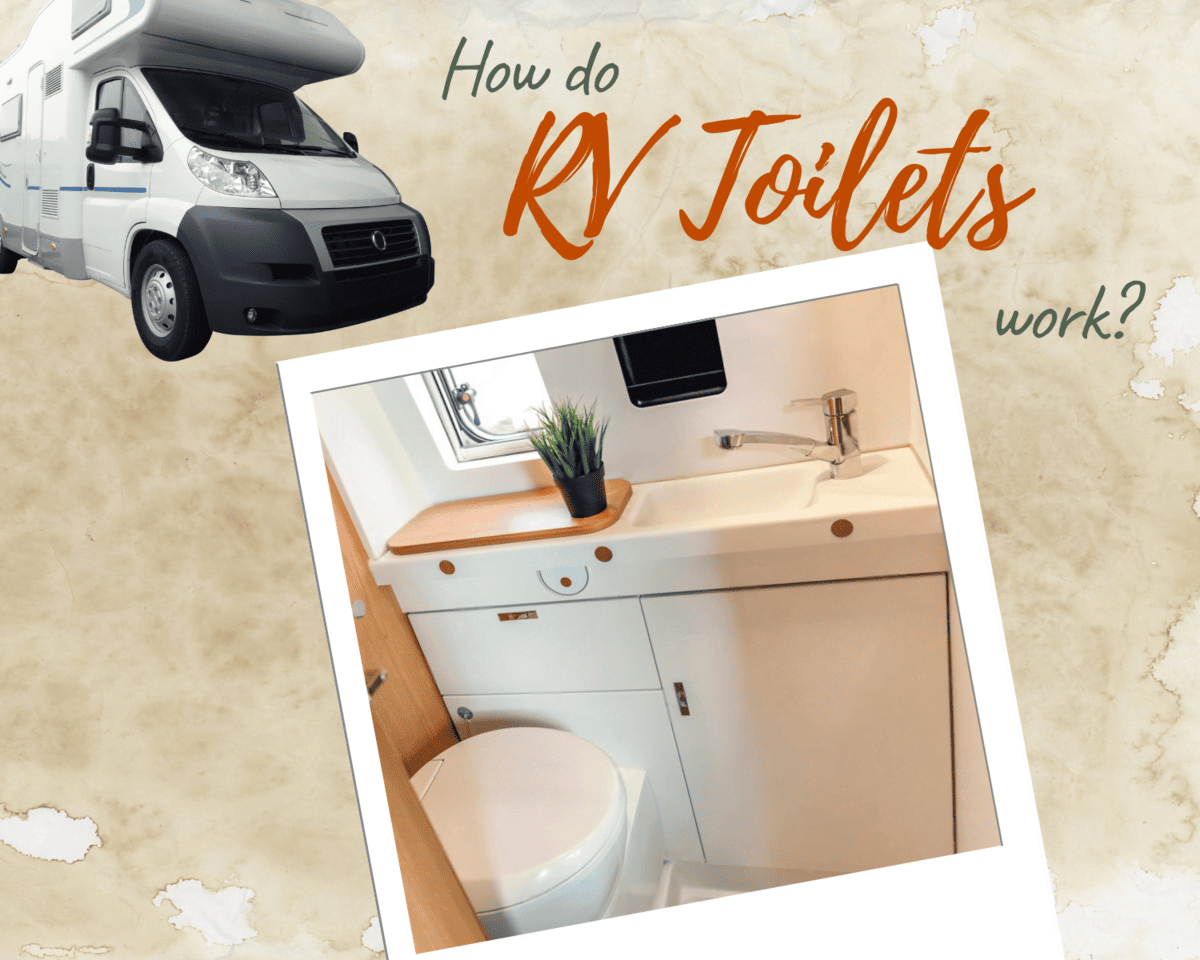RV travel has become increasingly popular, offering individuals and families the freedom to explore the open road while enjoying the comforts of home. One essential aspect of RV living is understanding how RV toilets work. Visitors can ensure a smooth and hygienic journey experience by gaining insight into their functionality. It’s essential to know how do RV toilets work.
Types of RV Toilets:
Table of Contents
ToggleTraditional gravity-flush toilets
Traditional gravity-flush toilets are the most common type found in RVs. They operate similarly to residential toilets by using gravity to flush waste into a holding tank below the RV. A lever or foot pedal activates the flush mechanism, releasing water from a built-in tank to create a powerful flush. These toilets are simple to use and require minimal maintenance, as waste is flushed directly into the holding tank. However, they may require more water to operate effectively.
Macerating RV toilets
Macerating RV toilets use a built-in macerator pump to grind the waste into smaller particles before flushing it into the holding tank. This process allows for more efficient waste disposal and reduces the risk of clogs. Macerating toilets are often considered more convenient as they can handle various types of waste, including solid materials, and require less water.
Cassette toilets
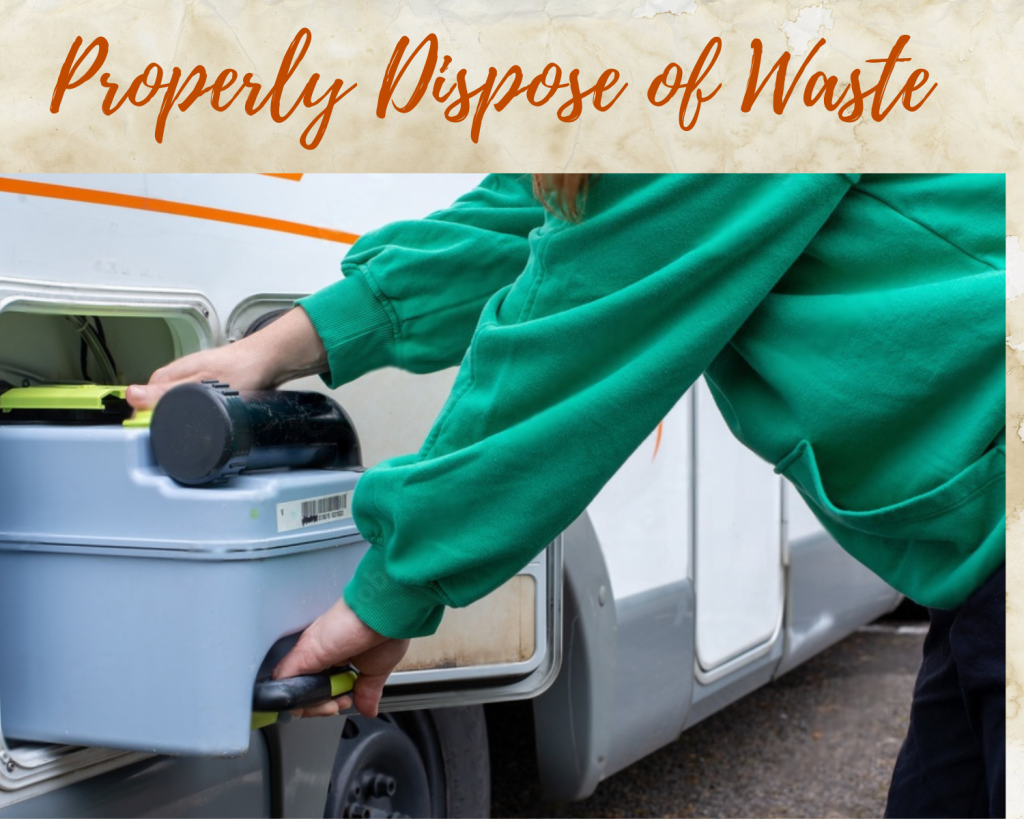
Cassette toilets consist of a removable waste cassette that is accessed from the outside of the RV. These toilets are convenient for emptying, as the cassette can be easily detached and taken to a dumping station. They usually have a manual flush mechanism and are suitable for smaller RVs or camping trips with limited access to facilities. However, the cassette needs to be emptied more frequently, and some people may find removing and handling waste unpleasant.
Portable RV toilets
Portable RV toilets are standalone units that do not require a separate plumbing system. They typically consist of a water tank for flushing and a waste tank for collecting waste. These toilets are lightweight, compact, and easy to transport. They are convenient for short-term use, such as camping trips, but may offer a different level of comfort and convenience than other types of RV toilets. Emptying and cleaning the waste tank can be a hassle.
Composting toilets
Composting toilets are an Eco-friendly option for RVs. They use natural processes to break down waste into compost, eliminating the need for water or chemicals. Composting toilets separate liquid and solid waste, allowing for better decomposition. They are low-maintenance, odorless when properly maintained, and can be used for extended periods without emptying. However, they require regular maintenance and may take longer for waste to decompose than other toilet types.
Overall, the most convenient and fuss-free RV toilet depends on individual preferences and specific needs. Macerating toilets are efficient and versatile, while cassette toilets offer easy emptying. Portable toilets are convenient for short-term use, and composting toilets are environmentally friendly but require more maintenance.
Water and Waste Management: Conserving Resources on the Road
Water and waste management are vital aspects of RV living. When travelling in an RV, it’s important to understand how to manage your water supply and waste disposal effectively.
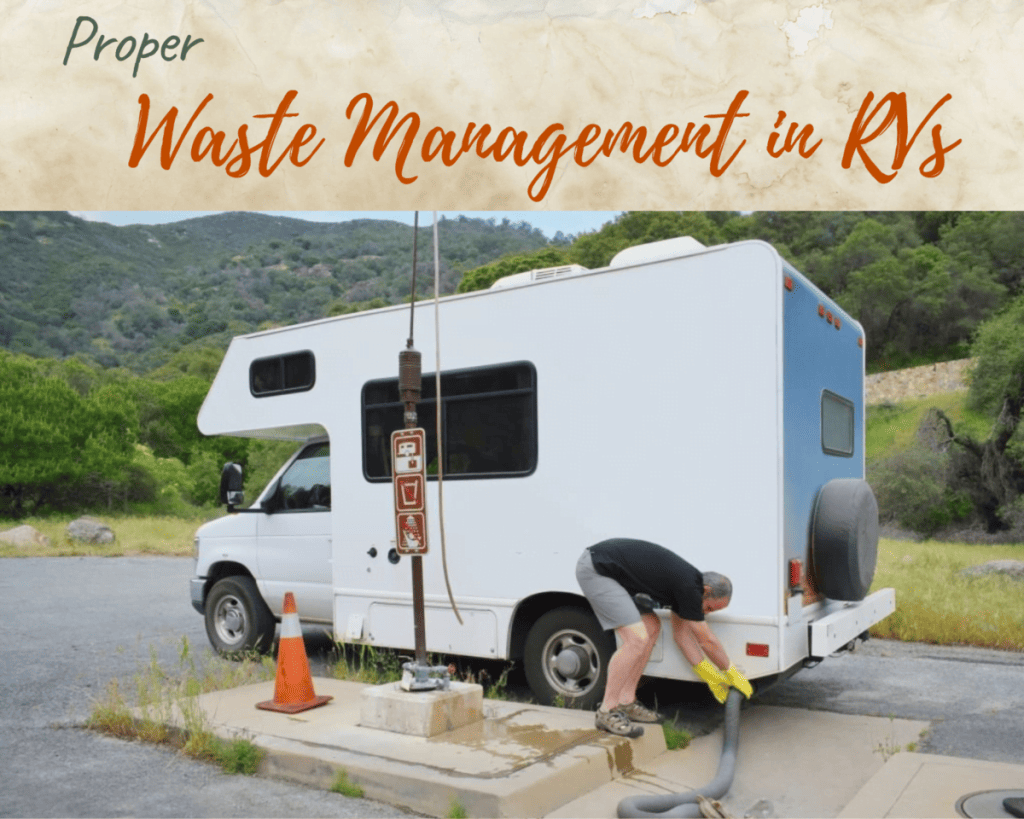
Understanding Your RV’s Water Supply System
RV toilets are typically connected to an onboard freshwater tank, providing a self-contained water supply. Familiarising yourself with your RV’s water system and capacity is essential. By understanding the water supply, you can better manage your usage and avoid running out of water during your trips.
Conserving Water in Your RV Toilet
To conserve water while using the RV toilet, consider utilising water-saving features such as adjustable flush settings. Many RV toilets have options for partial flushes, which use less water for liquid waste. This simple adjustment can significantly reduce water consumption and extend the lifespan of your freshwater supply.
Efficient Water Usage Tips for RV Living
Aside from toilet usage, you can adopt several other practices to conserve water in your RV.
Here are some valuable tips:
Embrace Navy Showers:
Limit your shower time and turn off the water while lathering. This can help you save a significant amount of water during each shower.
Fix Leaks Promptly:
Regularly check your RV for any leaks in faucets, pipes, or toilets. Even small leaks can waste a substantial amount of water over time. Addressing leaks promptly is crucial for water conservation.
Collect and Reuse Water:
Consider collecting the water used for washing dishes or rinsing fruits and vegetables. You can repurpose this water for tasks like flushing the toilet or watering plants.
Use Water-Saving Faucet Aerators:
Install faucet aerators in your RV to reduce water flow without compromising water pressure. This can help conserve water while performing daily tasks like washing hands or brushing teeth.
Proper Waste Management in RVs
Waste management in RVs involves storing waste in holding tanks until it can be appropriately disposed of at designated dump stations.
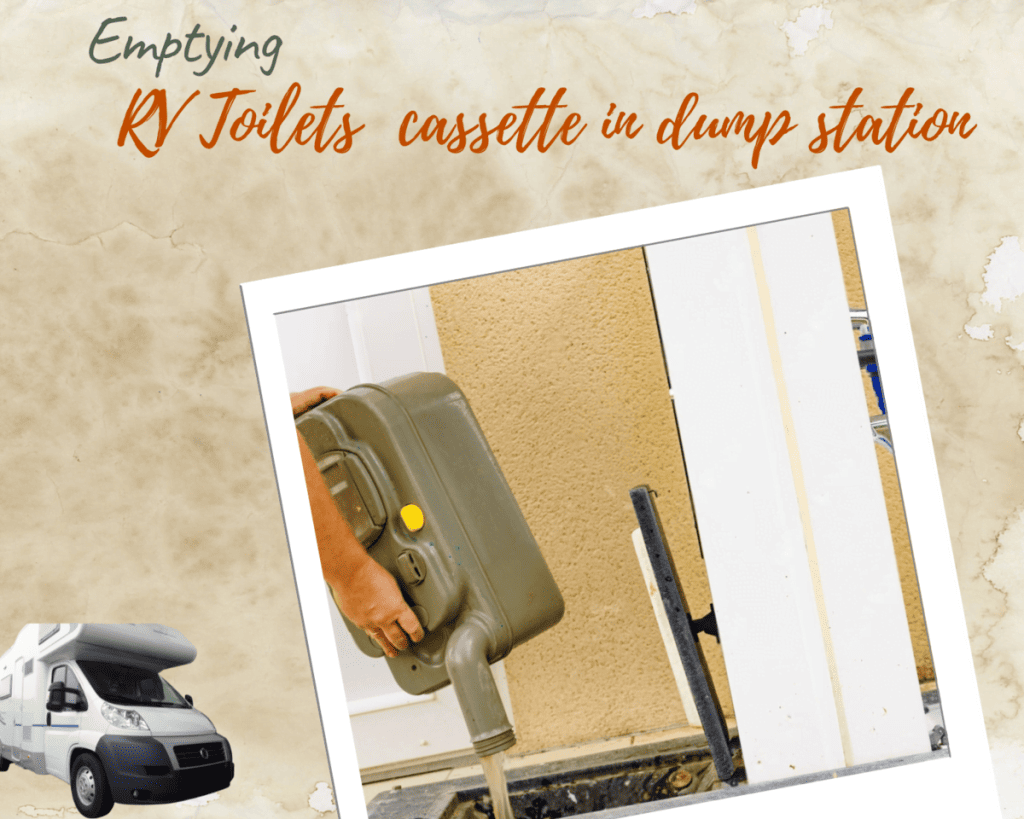
Here are some essential tips for responsible waste management:
Monitor Holding Tank Levels:
Regularly check the levels of your RV’s holding tanks to prevent overflows. Understanding your tank capacity and planning accordingly will ensure a hassle-free waste management process.
Use Biodegradable Toilet Paper:
Opt for biodegradable toilet paper specifically designed for RV use. This toilet paper breaks down more quickly, minimizing the risk of clogging your RV’s plumbing system.
Properly Dispose of Waste:
Only empty your RV’s holding tanks at designated dump stations. These stations are equipped to handle RV waste safely and efficiently. Avoid dumping waste in improper locations or bodies of water, as it can harm the environment and pose health risks.
Flushing Mechanisms and Odor Control:
RV toilets employ different flushing mechanisms, including foot pedal, hand, and electric flush systems. Water is used to flush waste from the bowl into the holding tank. Ventilation systems are integrated into RV toilets to control odors, effectively removing unpleasant smells and maintaining a fresh environment. Chemicals or natural additives can also be used to mitigate odors.
Maintenance and Troubleshooting:

Regular cleaning and upkeep are vital for maintaining proper functionality. Using suitable cleaning products and techniques ensures cleanliness and prevents clogs and buildup. Troubleshooting common issues like leaks and malfunctioning flush mechanisms requires careful inspection and potential repairs.
Eco-Friendly Options and Considerations:
RV toilets are evolving to be more Eco-friendly. Water-conserving options like dual-flush systems and low-flow toilet models help minimize water usage. Travelers can also opt for biodegradable toilet paper and practice responsible waste disposal methods at RV dump stations, considering the environment.
Conclusion:
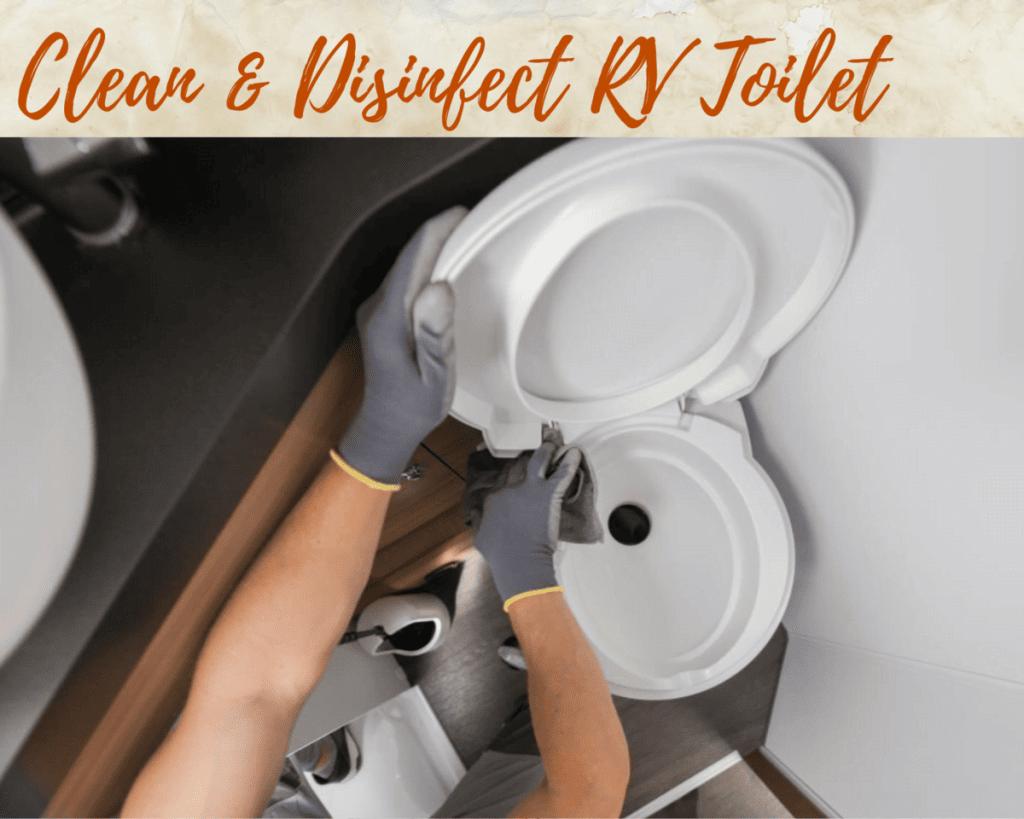
Understanding how RV toilets work is crucial for a seamless and enjoyable RV travel experience. Whether choosing the right type of toilet, managing water and waste effectively, or practising regular maintenance, being knowledgeable about RV toilets ensures a hygienic and hassle-free journey. By embracing Eco-friendly options and responsible waste disposal practices, RV travelers can contribute to preserving the environment while enjoying the comforts of home on the road.
Let’s be responsible!
Must-Reads:

